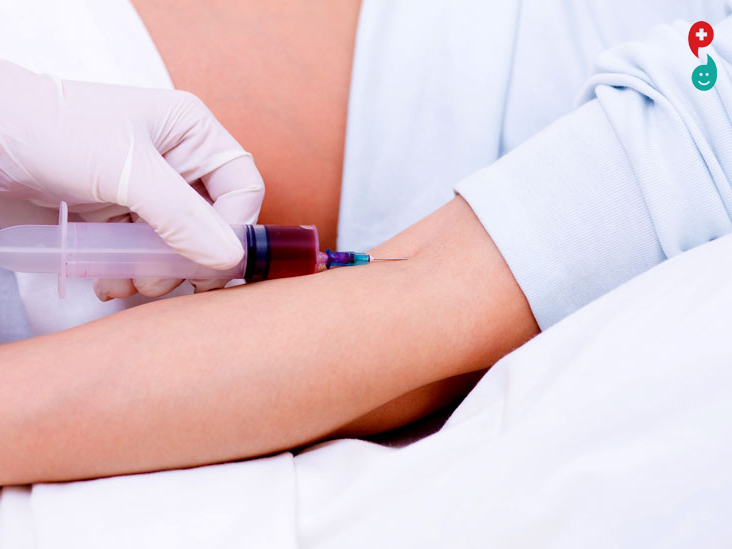
Tuberculin Skin Test
Tuberculosis (TB) is an illness caused by a bacterial infection. Most people infected with TB have no sign of the disease as the bacteria are sleeping or dormant. This is called TB infection (latent TB).
Some people with latent TB will develop TB disease (active TB). This can affect any part of the body but usually affects the lungs. In Australia, both active and latent TB can be treated.
What is the Tuberculin Skin Test (TST)?
The Tuberculin Skin Test (TST) is also known as the Mantoux Test. It is a skin test to detect if you have been infected with TB bacteria.
Why is it done?
The TST is done:
to find latent TB in a person who may have been exposed to someone diagnosed with active TB
to check if a person has latent TB infection before they start work at a health care facility
to check if a person has latent TB before they travel to a region where there are high rates of TB
before the BCG vaccination is given to babies over 6 months of age.
How is it done?
Tuberculin Skin Test being given by injection into forearmA small amount of purified protein taken from dead TB bacteria is injected under the top layer of the skin, on the forearm.
A sterile disposable needle and syringe is used to do this.
A small blister will appear at the site, which will disappear within 20 minutes. There may also be a small amount of blood at the needle site.
A small lump may form at the injection site over the next few days and you will need to return to your doctor or nurse 3 days later to have this assessed. The size of your lump measured in millimetres will indicate whether or not you have a latent TB infection.
What should I do before having the TST?
It is important that you tell the doctor or nurse if you:
have ever been treated for TB
have had a previous TST
have had a viral illness in the last week
have an illness that affects your immune system
take any medication, such as steroids, that affects your immune system
received any vaccinations in the past month.
How do I take care of the injection site?
Do not scratch or rub the injection site.
Leave the area open: do not cover with any dressing, cream or ointment.
If blisters develop and it causes discomfort, apply a cool compress to the area.
Continue your normal activities after having the TST including showering, swimming and sport.
What do the results mean?
The interpretation of the results depend on a number of factors, including:
whether you have had previous contact with TB
whether you have had a BCG vaccination
your age
your medical history.
Negative result:
If the lump is below a certain size, the result of the test is negative. Usually this means that you have not been infected with TB bacteria. However, if your contact with TB was very recent, you may need to have the test repeated in 8 to 12 weeks. A false negative can occur if you are unwell, have a weak immune system, or have had a recent live vaccination.
Positive result:
If the lump is above a certain size, the result of the test is positive. It means that you may have been infected with the TB bacteria. It does not mean you have TB disease (active TB).
When you are infected with TB bacteria you are not infectious and you cannot pass the bacteria onto other people. You are not sick but, at some stage in the future, you may develop TB disease. If you are told your TST is positive you may be asked to see a doctor for review.
What happens after I get the reading?
You will be given your result when you have the reading done. If the result is negative, you may be advised that no further follow up is required. You may be recommended to have a repeat test in the future depending on why the test was initially performed.
If the result is positive, you will require a chest X-ray and review by a medical officer. Some people with a latent TB will be offered medication to prevent them developing active TB. If your test is positive you may be advised not to have the test repeated.
What are the possible side effects?
The TST is a simple and safe test and side effects are uncommon. The side effects are mainly related to the size of the reaction and include swelling, redness and itchiness that may take a few weeks to clear.
Very strong reactions are uncommon but may result in a painful swelling of several centimetres in size, blistering or ulceration. This will heal with almost no scarring. The effects of the TST are localised to the site and more general reactions are extremely rare.







